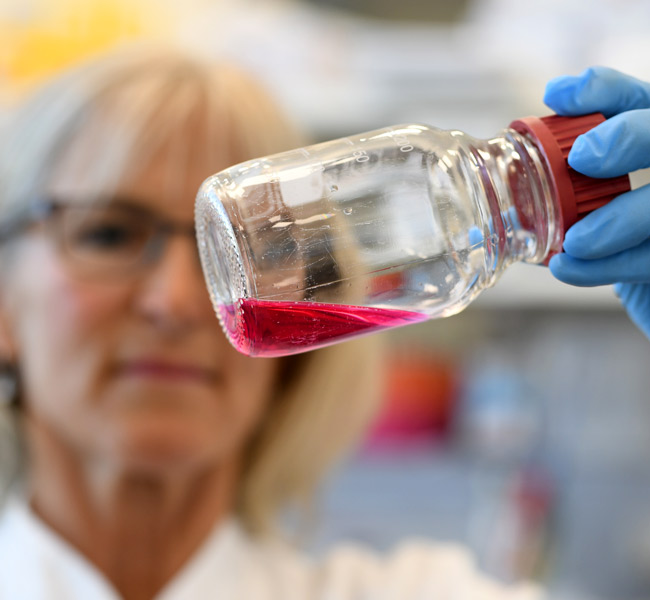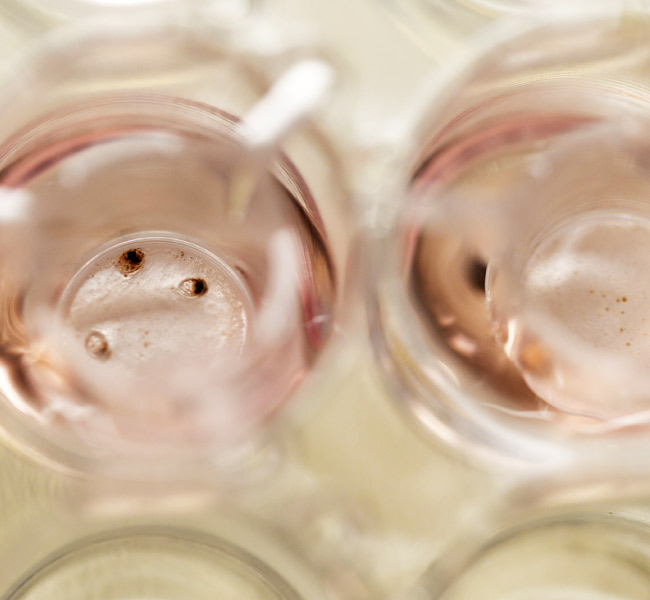
Basic and applied research for risk and efficacy testing and the development of new products currently rely on animal testing. As an ethically unproblematic and often scientifically more meaningful alternative, 3D tissue models that recapitulate human tissue morphology and functionalty are being developed and validated.

© Fraunhofer ISC
Our
HEALTHY MODELS
Healthy tissue models provide the basis to study physiological processes and their modification by substances. Tissue models are based on human cells that are matured into a tissue under body-like conditions in vitro. The tissue models can be employed to assess risk and efficacy, transport processes or metabolism of a compound.
For example, to ensure public health, chemicals need to be evaluated for their hazardous potential. Reconstructed human epidermal models (RHE) grown from skin keratinocytes could be established to assess chemicals for their potential to cause skin corrsoion and irritation. The test methods based on this in vitro model were validated and adopted as test guidelines 431 and 439 by the Organisation for Economic Co-operation and Development (OECD). These test methods based on qualified in vitro models enable the reduction and replacement of the former in vivo models for regulatory toxicology.
Within WI3R currently the focus lies on the following healthy human in vitro model systems:
Skin
- Reconstructed human epidermal models (RHE)
- Full-thickness skin models (FTS)
- Skin organoids (iPSC-derived)
Intestine
- Gut Organoids
- Intestinal mucosal models
Eye
- Corneal models
Respiratory tract
- Tracheal models
- Oral mucosal models
- Blood-brain barrier
- iPSC-based (optional with pericytes, astrocytes)
Our
DISEASED MODELS
Disease models offer the possibility to mimic specific diseases in vitro in order to develop drugs and therapies. Disease models can reproduce wounds, inflammatory processes, infectious or genetic diseases.
As an example, the complexity and accessibility of the human brain has made it difficult to study many brain disorders in model organisms. Hence, an in vitro model of the human brain development was researched. From human pluripotent stem cells cerebral organoids were generated, that represent various discrete brain regions. Through the use of patient-specific induced pluripotent stem cells a model for microcephaly, a disorder that has been difficult to recapitulate in mice, was established. These studies show, that three-dimensional organoids can recapitulate development and diseases even in most complex human tissues. Meanwhile, similar approaches can be applied for a variety of pathologies and diseases.
Within WI3R currently the focus lies on the following diseased human in vitro model systems:
Tumor models
- Melanoma
- Gut cancer
- Lung cancer
Infection models

© Fraunhofer ISC
